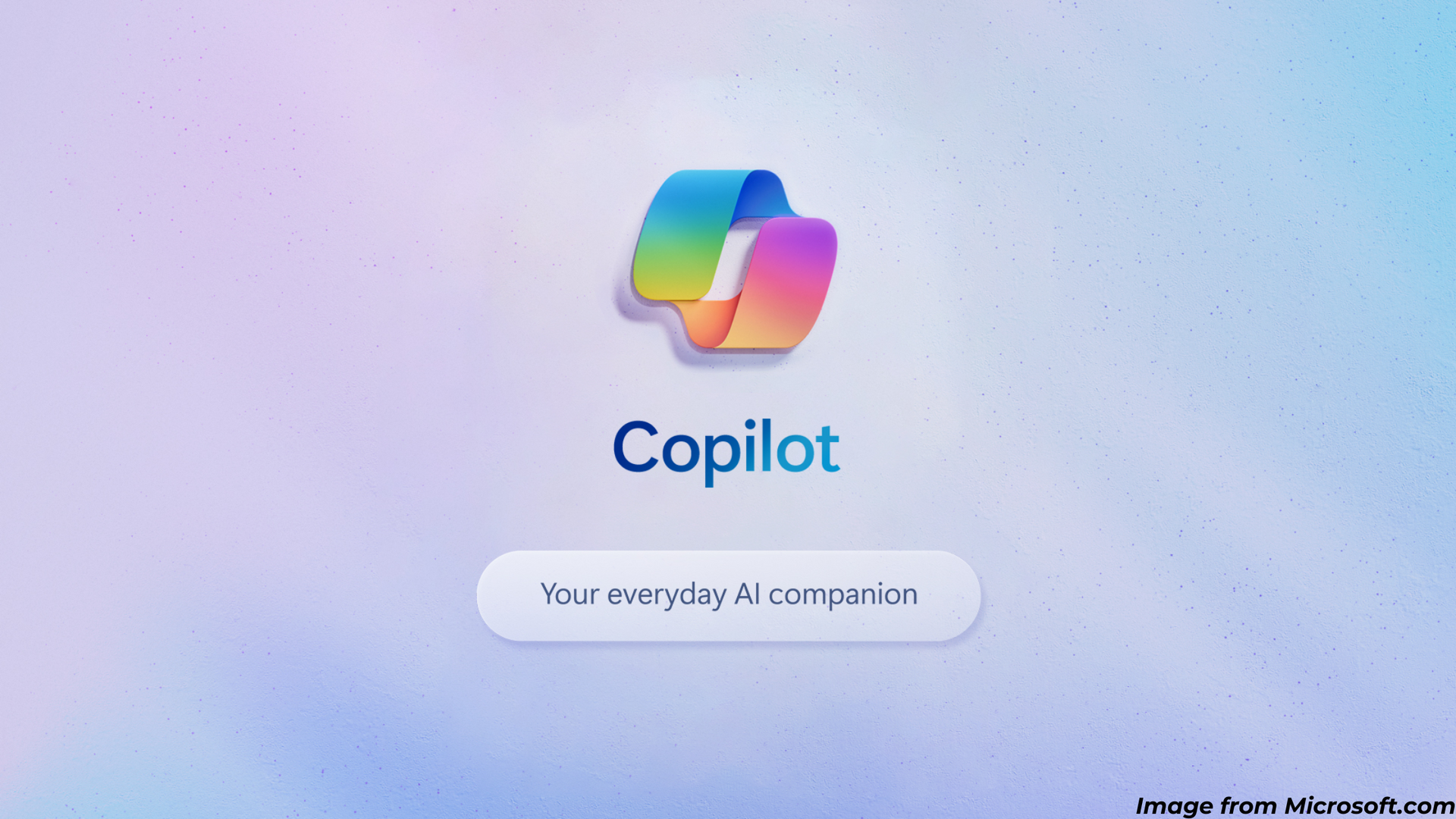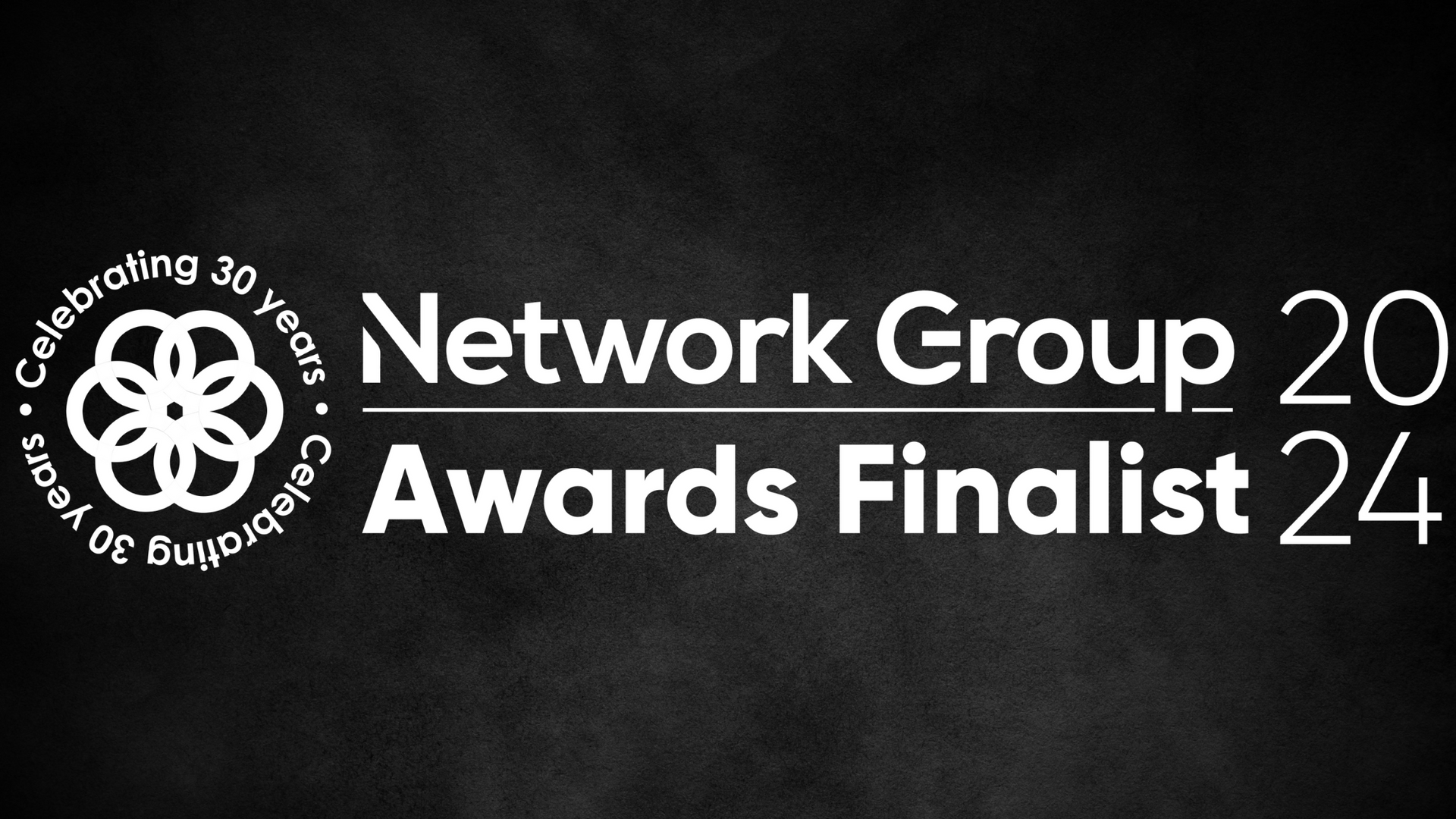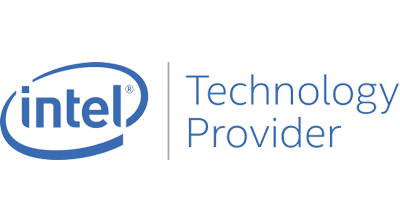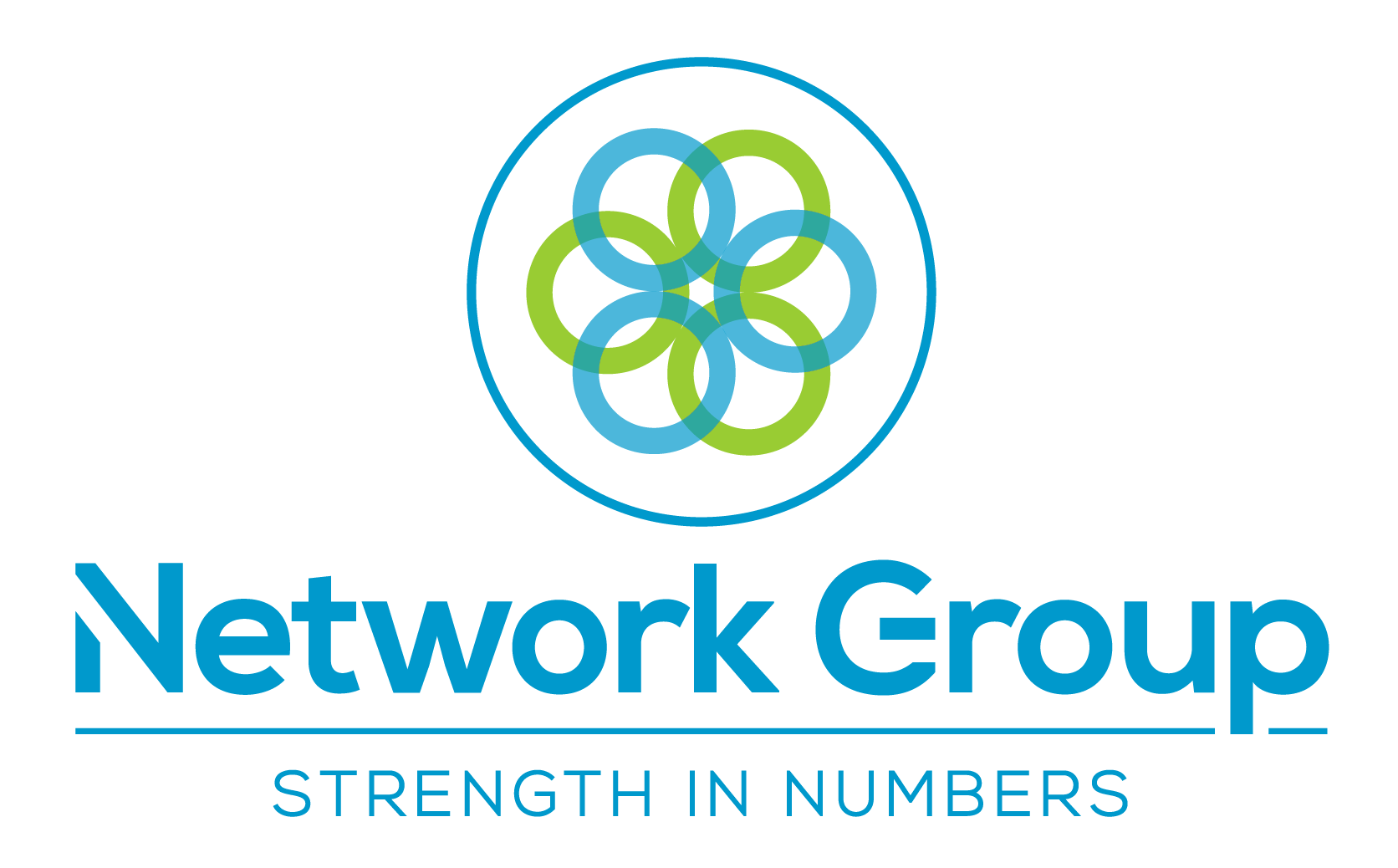Blog Layout
What is 5G today and what the future holds
Leo Daniels • Nov 16, 2020
This is a subtitle for your new post
If you ask the average person what they know about 5G technology, the first thing that will pop into their head will likely be something to do with cellphone technology. And if you consider the 2019 rollout of 5G thus far, perhaps that wouldn’t be too far off the mark. The average Jane or Joe would also likely recall that 5G is a faster follow-on technology to 4G LTE, and that wouldn’t be all that inaccurate either.
However, what 5G offers today, how it’s deployed and what the 5G landscape is going to look like in the next 2–3 years, will be vastly different. In fact, at the risk of using clichés, indeed 5G NR (New Radio) technology is poised to be “disruptive.” That said, this next generation of wireless network technology will also be an enabler across a myriad of industries and applications, and in all likelihood spur all-new use cases as well.
There are multiple different types of 5G technology that will be deployed by the various carriers, but in short, the technology is all about much larger slices of available spectrum and massive scale incapacity. The FCC defines 5G spectrum in four primary bands, Low-band between 600–900MHz, Mid-band between 2.5–4.2GHz also known as Sub-6, frequencies above 24GHz, otherwise known as millimetre Wave or mmWave, and finally, what it calls Unlicensed spectrum, that can be accessed for a variety of dedicated uses including 5G. In terms of licensed spectrum, Low, Mid and mmWave bands will be deployed by various carriers, with T-Mobile and Sprint grabbing a large chunk of Low and Mid-bands for longer reach, and AT&T and Verizon claiming higher frequencies for higher speeds. Ultimately, all of these technologies will coexist with and require 4G networks to operate initially in a 5G NSA (Non-Stand-Alone) implementation, with standalone deployments coming later down the line. There’s a lot to digest and unpack here but what’s really important about 5G are its massive advancements in capacity, lower latency and throughput.
All 5G is not the same – Sub-6, mmWave and Unlicensed Spectrum
Qualcomm
Without getting too deep into the weeds with respect to Low-band, Sub-6 and mmWave, at a high level, Low and Mid-band (Sub-6) 5G generally has longer reach and coverage, whereas mmWave offers higher capacity and faster multi-gigabit performance, but requires a denser population of cellular base deployment because its reach is only a few hundred meters and it has challenges with penetrating walls. The reality will be that the US will deploy a mix of 5G technologies with AT&T and Verizon driving mmWave deployments initially, while T-Mobile and Sprint appear to be driving low-band spectrum for a coverage play. Regardless, the other intrinsic benefit of 5G technology in general is latency. Where 4G can have ping times in the range of 25 – 50ms or so, 5G has the promise of single digit millisecond latency. And when it comes to next generation 5G applications, latency will be critical.
5G could enable smart city infrastructure and truly autonomous driving
Qualcomm specifically is on the forefront of 5G technologies, with end-to-end silicon solutions from 5G client handset devices like Samsung’s Galaxy S10 and Note 10 series, to base station and fixed wireless customer premise solutions. I spent time with the company recently learning how 5G will quite literally reshape the high-speed broadband service industry for consumers and the enterprise. It will also help enable technology innovation that will require ultra-high capacity, low latency networks to be fully realized, for example smart city applications and autonomous vehicles. When you think of the city of the future, with a significant number of autonomous cars driving around, there are a number of wireless solutions that will need to be deployed to allow this futuristic vision to become a reality.
Qualcomm
Beyond just AI on edge devices for machine vision and machine learning, a myriad of IoT device technologies can all be integrated via 5G connectivity to enable safer, more efficient smart transportation services. Traffic signals that communicate with vehicles and vehicles that not only communicate with each other but to “everything” around them or (C-V2X, as Qualcomm likes to strap acronyms around everything), will allow safer autonomous vehicles and could, in theory at least, alleviate traffic congestion and minimize the possibility of an accident. I’ll believe the traffic benefits when I see them of course, having navigated far too often in Boston and New York gridlock, but you can see how “rubber-necking” could be a thing of the past, if your vehicle is being signaled to keep it moving. In short, C-V2X is one of the many applications that will help be enabled by 5G NR technologies, allowing vehicle-to-vehicle, vehicle-to-pedestrian and vehicle-to-infrastructure communication over a dedicated 5.9GHz spectrum network. Qualcomm has C-V2X chipsets solutions already available that are compatible with 5G technologies as well as Advanced Driver Assistance Systems (ASDA) sensors, as part of a platform solution.
5G fixed wireless will reshape the broadband ISP and services landscape
Another industry, beyond just faster smartphones, that 5G NR technologies will reshape will be residential and commercial broadband internet services. Especially in under-served areas that have issues with last mile connectivity and legacy cable/fiber internet operators, 5G technologies will enable wireless gigabit and multi-gigabit internet services in your home or office, without the need for WiFi, or in-conjunction with WiFi-6, and always-connected. 5G fixed wireless access is one of my favorite burgeoning areas of the new technology, as it will enable new levels of competition between carriers and ISPs, as well as new services with much lower latency, high speed connections for cloud computing, gaming and more. Gaming services like Google Stadia, Microsoft xCloud and NVIDIA GeForce NOW will thrive when 5G fixed wireless access becomes a reality.
Qualcomm
5G fixed wireless applications will initially rely often on fiber broadband backhaul connections. The 5G tower will connect to legacy high-speed fiber networks that currently power the internet backbone, but then transmit to customer premise equipment over 5G Sub-6 and mmWave connections, wirelessly. Qualcomm is announcing today more than 30 global OEM partners like Linksys, Netgear, Nokia, OPPO and many others, that will deploy its Snapdragon X55 5G Modem-RF system in 5G fixed wireless CPE (customer premise equipment) devices to be deployed by major carriers. So now think about carriers like Verizon and AT&T that have both legacy fiber infrastructure and spectrum available, and you realize how quick the 5G rollout could be. In the next 2 – 3 years a whole new level of high speed 5G connectivity and competitive landscape will take shape, though you can be sure the subscription packages bundled with content and services will continue to evolve as well. Monetizing 5G services will be interesting or perhaps frightening to watch, depending on your perspective.
Is your multi-cloud environment going to be secure?
Security in the cloud has long been an uncomfortable conversation for CIOs. But that is now changing.
Regardless, as the 5G future takes shape, you can see the technology is much more than just enabling faster connections for smartphones. 5G quite literally has the potential to transform not only internet broadband service, but it will also enable new applications and use cases, from connected smart devices in the IoT, to autonomous vehicles, smart cities and connected factories; the list goes on. The word “disruptive,” in the case of 5G, is an understatement.
We’re 1-fix, we can help you secure your business
At 1-fix, we take a realistic approach to technology – ensuring our client’s systems are best protected.
If you have any concerns, questions or simply want to explore how to better secure your business, please do get in touch with the team for a FREE demonstration, consultation to explore how exposed your business might be and identify actions to take.
Join Our Mailing List
Thank you for contacting us.
We will get back to you as soon as possible.
We will get back to you as soon as possible.
Oops, there was an error sending your message.
Please try again later.
Please try again later.
All sign-ups are handled inline with our privacy policy and can unsubscribe at any time.
Recent Blogs

By Grant Davis
•
03 Apr, 2024
In today’s fast-paced digital landscape, having an intelligent assistant by your side can make all the difference. Enter Microsoft Copilot, a powerful AI companion designed to boost productivity, spark creativity, and simplify complex tasks. Let’s dive into what makes Copilot a game-changer for individuals and businesses alike.
Get in Touch
Fill in this form to contact us and we'll get back to you ASAP (same working day where possible):
Contact Us
Thank you for contacting us.
We will get back to you as soon as possible.
Oops, there was an error sending your message.
Please try again later.
1-Fix Limited
Company Registration Number: 06543233
Registered address:
1-Fix Limited
1F02 Arena Business Centre, 100 Berkshire Place, Winnersh Triangle, Wokingham, Berkshire RG41 5RD




















